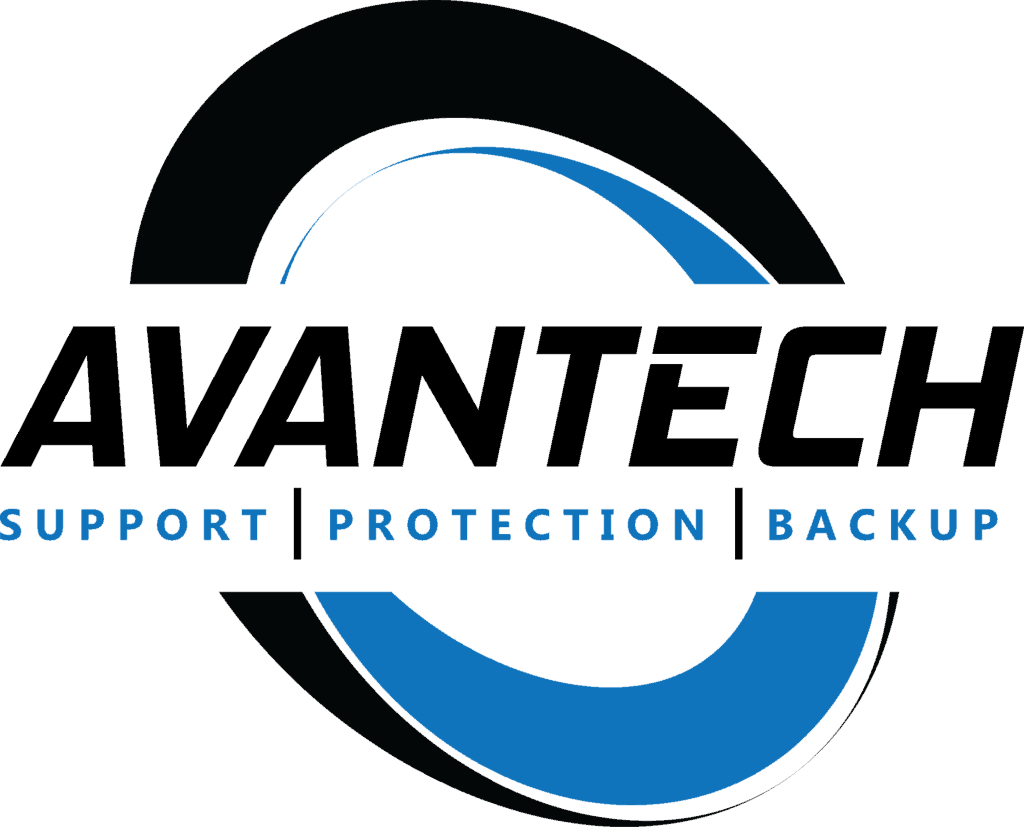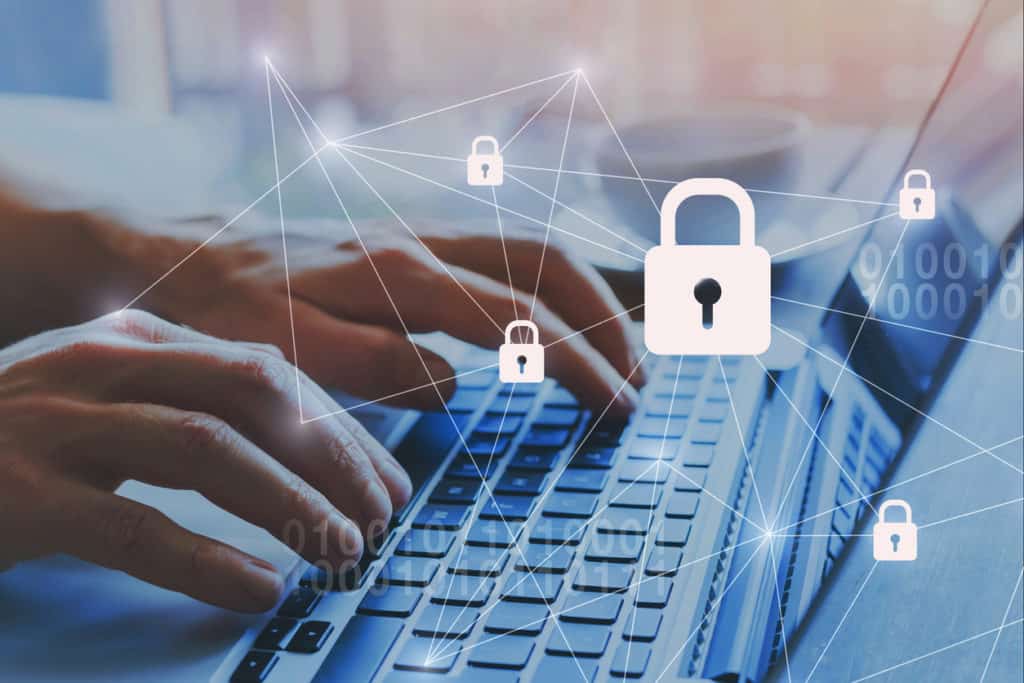Working remotely has become a serious concern for businesses all over the globe. Moving to a mobile workforce with employees connecting to business data from their mobile devices is something not every business is comfortable with. And for good reason. Most businesses planned to slowly and carefully introduce remote work policies. In an ideal situation, businesses need to build defensible and exportable network resources, ensure employees have safe, uninfected devices, and perfect the workflow software stack before they introduce the new cyber security policies to employees.
Now, the ongoing pandemic and work-at-home mandates force everyone into remote workflows. You must open your networks and connect your employees, no matter your business’s preparation level. Many businesses had no preparations in place, many others were only halfway through their remote workforce preparations.
The Risk of Exposing Sensitive Data with Sudden Remote Workflows

Business leaders are busy helping employees connect. Opening up the servers, cloud-hosting project files, and directing all employees toward the right home software is taking up all of our time. But in this interval, the hackers are not quiet and the risk is higher than it ever has been. Right now, business networks are unexpectedly exposed. Sensitive data is traveling through unsecured wireless networks, just waiting for an opportunistic hacker to scoop it.
Today, we’re here to help you recognize the risk of exposing sensitive data and control that risk in the midst of your business’s new remote workflow.
Classify Documents That Employees Share in a Remote Workflow
The first step is to identify which documents are at risk. Identify the sections of your network or any cloud-hosted documents that employees access remotely. Files and servers that were once behind an internal-only network firewall and on-site defenses are now exposed. It’s vital that you are aware of every single document and gateway that is open for employee access. Because if employees can gain access, it’s possible that hackers can, too. Especially when your remote plan was incomplete when implemented.
So, make a catalog of every place where sensitive data is shared and could potentially be exposed.
Isolate Sensitive Data Into Read-Only Documents
You rarely need to directly expose sensitive data for employees to work with related documents. It’s true that some documents need to be live, like shared projects as teams collaborate. Obfuscate the files containing related sensitive data by separating the sensitive data from the shared documents that reference it. From there, identify the specific sensitive data and separate it from the files with references instead.
Concatenate all sensitive data into private, read-only documents. Protect these documents with a much higher degree of security compared to shared project files. Never directly expose your sensitive data. It’s better to take a few extra seconds to pull temporarily-needed sensitive data than to allow your company’s protected data to be stolen or exposed during this global work-at-home event.
Defend and Encrypt Isolated Documents
Once you’ve isolated your sensitive data documents, defend it with the best your IT teams have to offer. Build your reference systems so that it is inside an encrypted tunnel that only authorized, connected employees can reach. Keep your sensitive data files on a professionally secured server built to resist the cutting-edge of hacker techniques. Encryption is the key, because even if a hacker penetrates your now-remote defenses, they will still be unable to use the data and files they might steal.
Help Teams Clean and Encrypt Their Home Devices
Data can be read in-transit. It is vital to remember this. When your teams are transmitting sensitive data or requesting and working with sensitive data from mobile devices, that data is traveling through the wireless network, unsecured by default. Not only should you encrypt your protected servers, but employees should encrypt their devices. Encryption protects data at every step of the journey in a remote workflow.
To do this, first help employees clean their laptops, tablets, and phones. Walk them through clearing all temporary data, old apps, or even factory-resetting devices to ensure that there is no lurking malware. Then, choose a free encryption software. Guide your team through downloading it onto each personal device. Help them enable the encryption and ensure each staff member’s settings match those necessary to encrypt their work documents and safely decrypt encrypted data sent to them.
Regularly Scan Active Documents for Sensitive Data
You have already gone through the scanning and securing process for all vulnerable existing documents. But in the course of work, employees also generate and alter the files they’re working with. They may acquire and add sensitive data to their active documents, or create separate documents for their own store of regularly-used sensitive data. They may misunderstand your new system and re-add sensitive data in plain text to their shared documents.
These are normal, but dangerous, parts of a remote workflow. It is essential to continually scan your remotely-shared documents for sensitive data. When you find data in a scan, you need to change it to a reference or, if necessary, it must be more thoroughly secured. You never know where employees may have found or added sensitive data to active and openly shared documents. Scanning regularly ensures that your business can fulfill the responsibility to clients, partners, and employees in keeping their data safe.
Tackle Your Remote Workflow Data Security
While businesses all over the globe are scrambling to go remote, hackers have wasted no time in seeking opportunities and exposed servers. Don’t let your company become a data-breach statistic for the 2020 outbreak season. Tackle your new remote security policies immediately and scan all active documents for sensitive data that need to be secured. We have the tools and dedication needed to help you keep your business and sensitive data safe by identifying what needs to be protected. Contact us today to find out more about how we can help you scan, identify, and secure your sensitive data as part of the new remote workflow.

